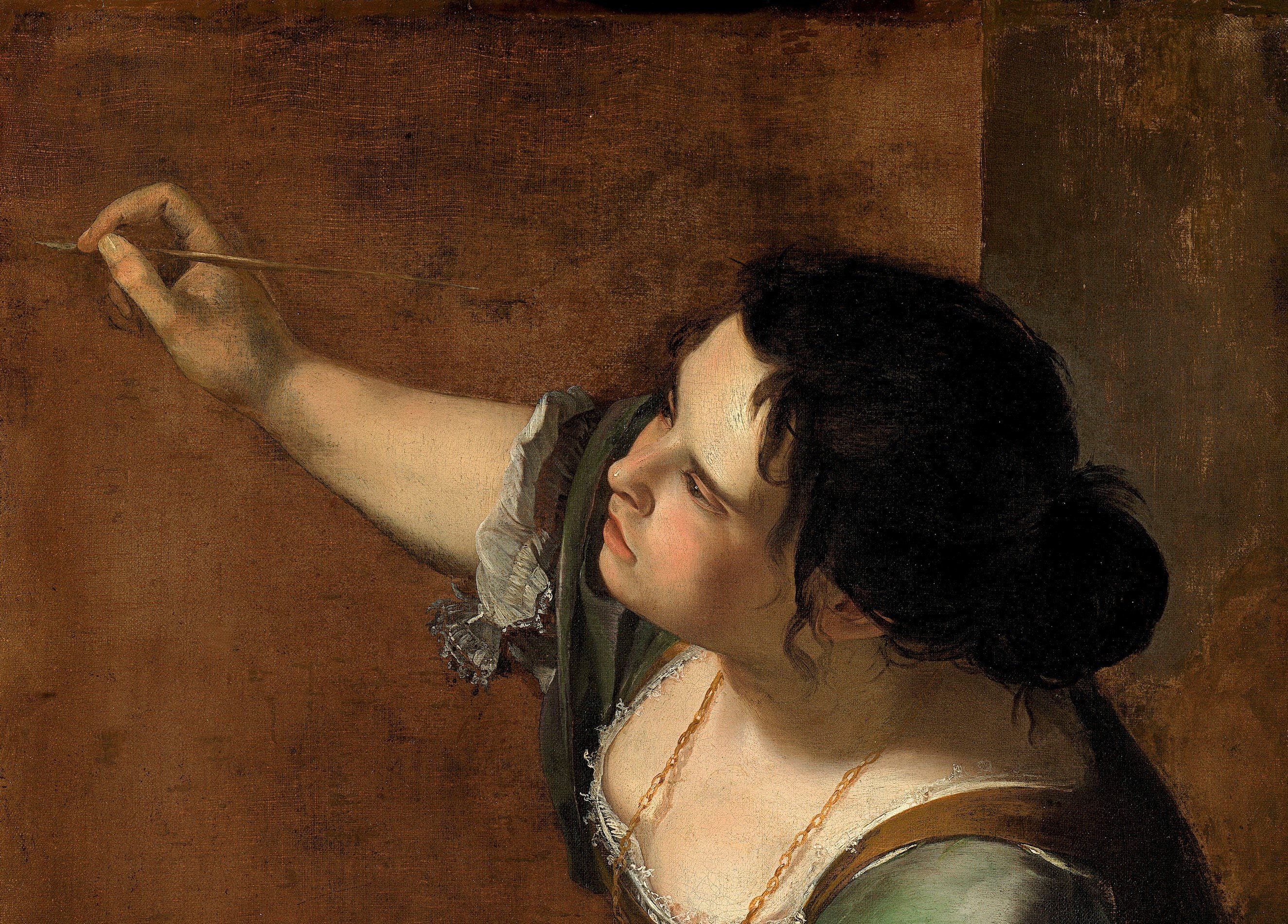
Women Artists
The lives and works of creative women
The Victorian Era
The nineteenth century witnessed a marked increase in the number of professional female artists. A variety of art schools specifically catering for women were established, including the government-sponsored Female School of Art and Design in London in 1842, a counterpart to that for men founded in 1837. The school’s ethos – to train its middle-class students to a high enough standard to provide them with a livelihood – was serious and ambitious. After persistent campaigning, the Royal Academy admitted its first female students in the 1860s (the Parisian École des Beaux-Arts did not admit women until the 1890s, though the National Academy of Design in New York allowed them to study in its Antique School from 1831). However, these opportunities remained limited, and limiting. Female art schools were generally expensive and thus only accessible to the wealthier classes, and the exhibitions they organised were less popular and well attended than the larger shows staged by their male peers. Moreover, while Victorian women certainly had greater access to formal training, the pressure to conform to traditional gender roles and live practical, domestic lives was arguably more acute than ever before.
Despite these limitations, some female artists established successful careers during this period – forging reputations in the conventional fields of portraiture and still-life as well as branching into less typical genres such as animal painting and, most notably, war scenes – and gained international recognition. Women also mobilised to improve their opportunities for art education and commercial success themselves through forming their own organisations and groups. The establishment of the Society of Female Artists (c.1855) in London offered a valuable exhibition platform, for example, and early members included Rosa Bonheur and Elizabeth Thompson (later Lady Butler). In Germany, the Verein der Berliner Künstlerinnen (Association of Women Artists of Berlin) was founded in 1867.
The markedly increased activity of women in the field of sculpture during the Victorian era is notable, as sculpture as a medium was traditionally defined (by many) by its masculine physicality and regarded as unsuitable for women. In 1860, in a review of a recent royal commission given to Mary Thornycroft, the Art Journal opined that while female painters were numerous women sculptors were rare, ‘for the chisel and the mallet require stronger hands than the pencil and the brush, and to work with the former is neither so graceful, nor feminine, nor easy, as with the latter’. However, Harriet Hosmer caught the world’s attention with her highly technical, classical style, though her skill and talent was not always the sole focus of contemporary commentary of her work. Her personal life often attracted public criticism, as was the case for many other female artists – particularly those who embraced nonconformity. Sarah Bernhardt is another prominent example.
That the Royal Collection is so rich in works by British female artists of this period is almost exclusively due to Queen Victoria’s interest in the Female School of Art and Design. As well as acquiring and commissioning works by its students, she also funded a scholarship in 1865, and presented a gold medal to be competed for annually. The institution later became the Royal Female School of Art. Subsequent generations of the royal family also offered their patronage to the school and increasingly to other female artists; both Queen Alexandra and Queen Mary were also keen supporters of the Royal School of Needlework.







